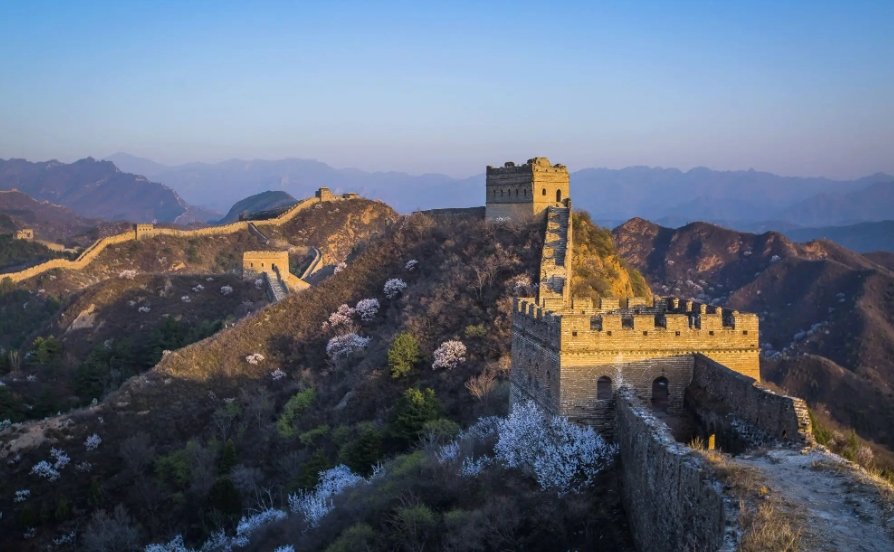
The Great Wall: A Colossal Testament to Human Endeavour
When we think of colossal feats of engineering and human resilience, the Great Wall of China inevitably springs to mind. A UNESCO World Heritage Site, this iconic structure, winding its way across the rugged landscape, is a potent symbol of Chinese civilization and a testament to the ambition and dedication of countless individuals across centuries. While widely believed to be about 5,500 miles long, a 2012 study by China's State Administration of Cultural Heritage made a startling claim: the wall was actually a staggering 13,170 miles in length - more than half of the Earth’s circumference. This revelation, though disputed by some, ignited global interest and further cemented the Wall's position as a colossal marvel.
A Legacy Forged in Stone and Time
The Great Wall wasn’t built in a day, a year, or even a century. Its story begins in the 7th century BCE, during the reign of the Qin dynasty, with the construction of individual walls by various warring states. These early fortifications were primarily earthen mounds faced with stone, intended to deter nomadic invaders from the north. It wasn't until the reign of Qin Shi Huang, the first emperor of a unified China (221-206 BCE), that these disparate walls were joined together, marking the birth of the "Great Wall" as a unified structure.
Over the next two millennia, successive dynasties, particularly the Han, Sui, and Ming, continued to expand, strengthen, and modify the wall. Each dynasty left its mark, using different materials and construction techniques depending on the terrain and available resources. The result is a fascinating tapestry of architectural styles and engineering ingenuity.
More Than Just Bricks and Mortar
The Great Wall is more than just a physical barrier; it’s a testament to human ingenuity, perseverance, and sacrifice. Construction was a monumental undertaking, involving millions of laborers, including soldiers, peasants, and even convicted criminals. Working in harsh conditions, they faced scorching summers, biting winters, and the constant threat of attacks. The human cost was immense, with countless lives lost during the Wall's construction. Legends abound of families torn apart and workers buried within its very foundations, their sacrifices forever woven into the Wall's fabric.
A Symbol of China, A Wonder of the World
Today, the Great Wall serves as a powerful reminder of China's rich history and cultural heritage. It attracts millions of visitors each year, who come to marvel at its sheer scale and grandeur, to walk in the footsteps of emperors and soldiers, and to contemplate the sacrifices made in its construction. While some sections of the wall lie in ruins, victims of time and neglect, others have been meticulously restored, offering a glimpse into the past and showcasing the architectural prowess of China's ancient civilizations.
The Great Wall of China is not just a wall; it's a story etched in stone, a symbol of human ambition, and a timeless reminder of our capacity to achieve the seemingly impossible.
Questions & Answers
1. What is the disputed length of the Great Wall of China?
While traditionally believed to be 5,500 miles long, a 2012 study claimed the wall to be 13,170 miles long.
2. When did the construction of the Great Wall begin?
The construction of the first sections of the wall began in the 7th century BCE.
3. What was the primary purpose of building the Great Wall?
The Great Wall was primarily built to protect Chinese territories from nomadic invaders from the north.
note: This return of all, without the author's permission, may not be reproduced